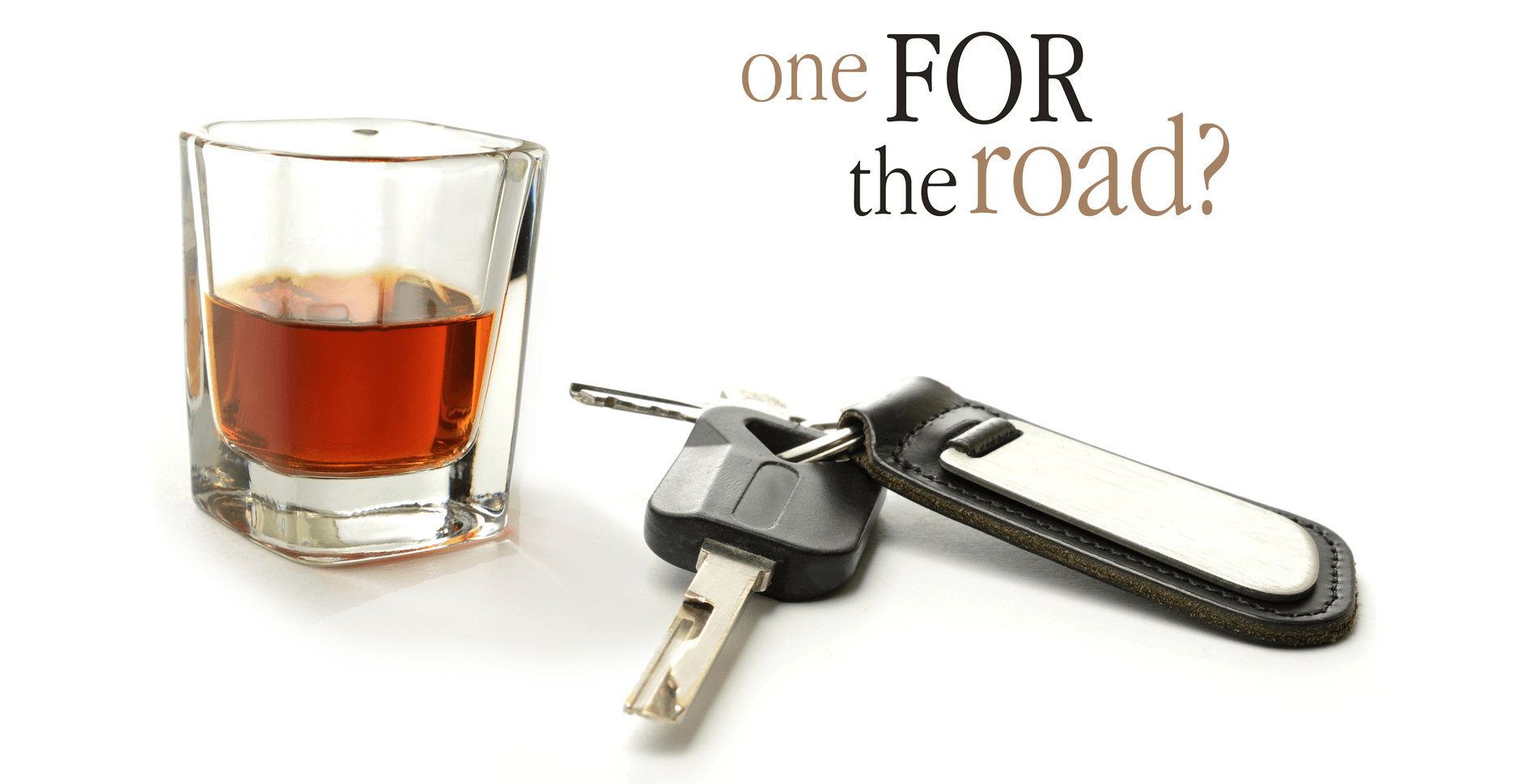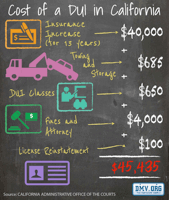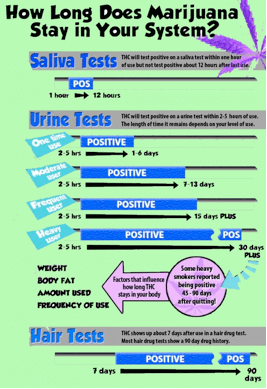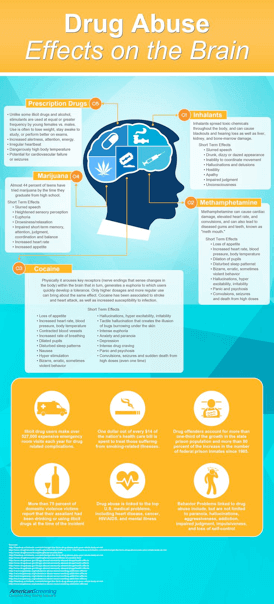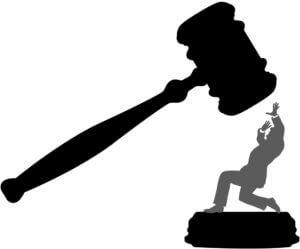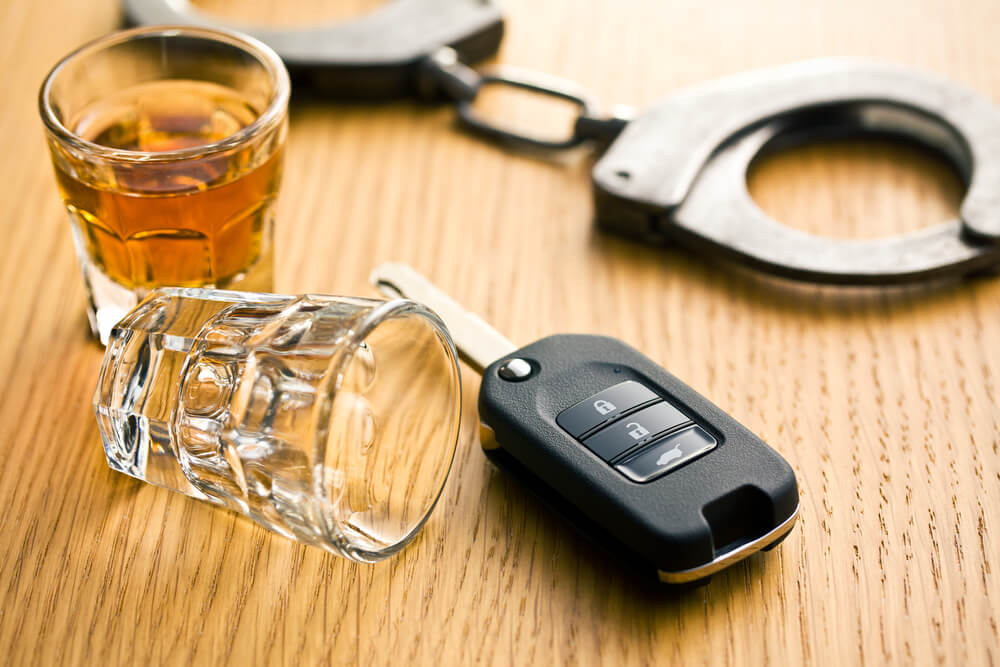
The Fourth Amendment to the U.S. Constitution provides the people the right against unreasonable searches and seizures, however, a person who has obtained a California driver’s license has given the state, under Vehicle Code § 23612, “implied consent”. Implied consent means that if lawfully arrested for DUI the license holder must submit to chemical testing. When challenged in Nevada and Nebraska, the state supreme court upheld the constitutionality of the concept of implied consent when it applied chemical blood alcohol tests.
For most states, mandatory chemical testing is the final word. In California, however, things are a little different in that for any reason such as the accused being a heavy smoker or asthmatic, the person may refuse the breath test and must instead take a blood test. It is the constitutionality of the physically intrusive blood test that has been successfully challenged.
The Supreme Court has ruled on the appeal from states cases that implied consent does not produce the requisite physical intrusion into a person’s privacy when they are mandated to perform a breath test since only the test results remain. Blood tests are different since there is an intrusion into a person’s body with a needle to take blood. The Supreme Court held that the state cannot penalize a person for refusing to submit to the blood test. It is feasible to challenge sentences for refusal to submit to the blood test, and criminal charges for failing to consent could be overturned.
If after being arrested and taken into custody the person refuses both breath and blood testing, additional severe penalties are applicable. First-time DUI offenders face a 1 one-year license suspension, and jail time up to 48 hours coupled with 9 months of substance abuse education classes.
For the second-time offender, there will be a 2-year driver’s license suspension, possible 96 hours jail time. Third-time DUI offenders will have their driver’s license suspended for 3 years and may have to spend up to 10 days in jail.
When you receive your California driver’s license you have given your consent to chemical blood alcohol testing in the event you are lawfully arrested on suspicion of DUI. If you refuse the breath test you must take the blood or urine test.



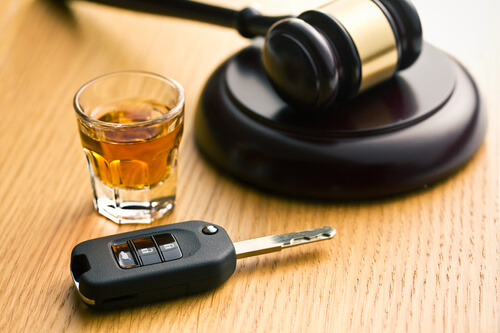
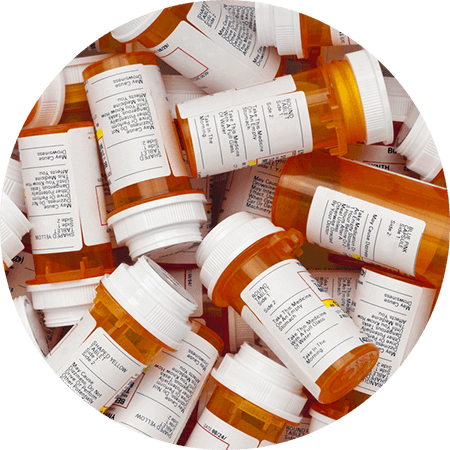



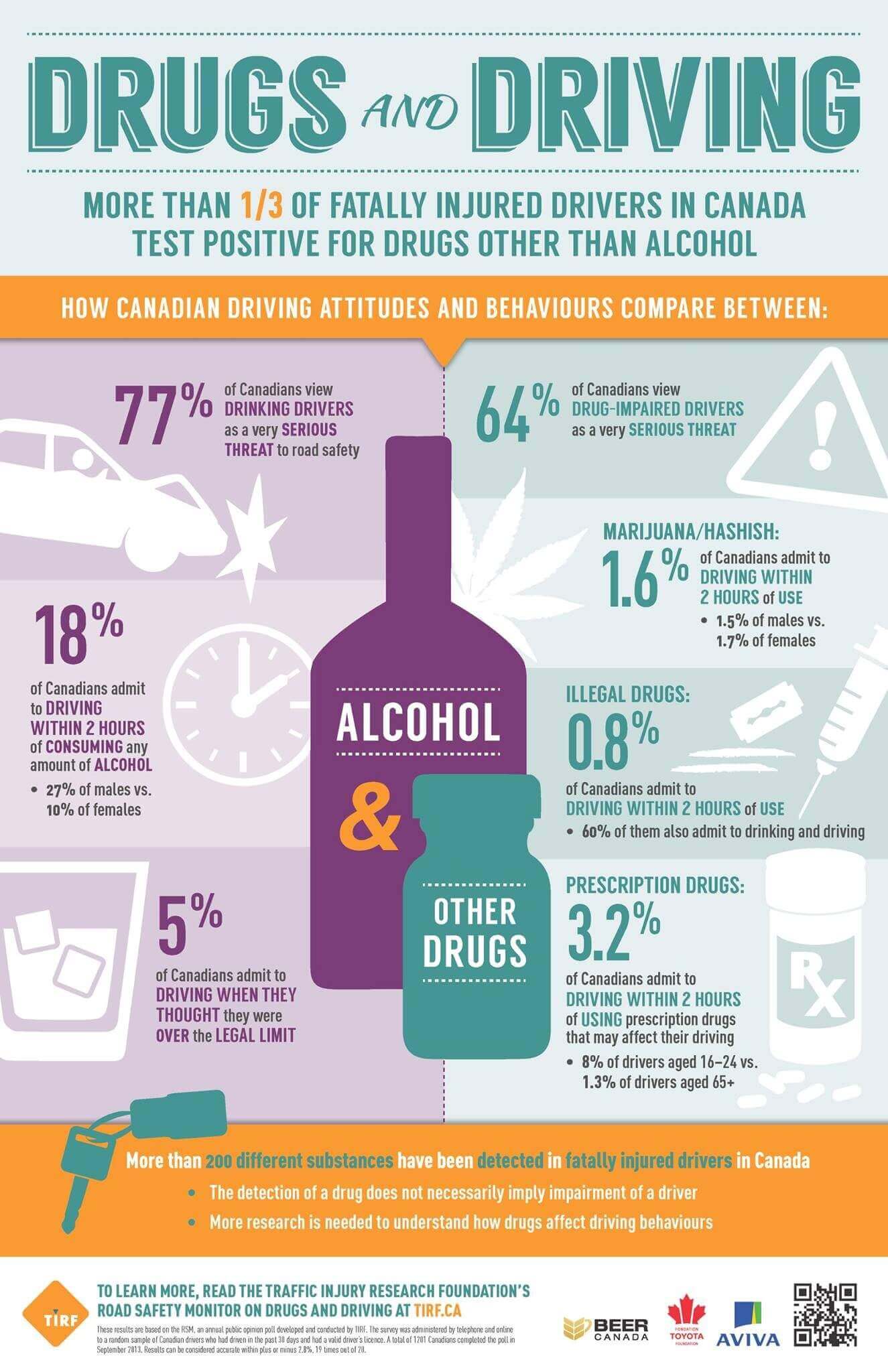

 Our super-friendly reception team will ask some quick questions and get you to the right lawyer to help solve your unique problem. FAST and PAINLESS! Because we actually care about people, and show it in everything we do.
Our super-friendly reception team will ask some quick questions and get you to the right lawyer to help solve your unique problem. FAST and PAINLESS! Because we actually care about people, and show it in everything we do.
 Consultation with one of our lawyers, at NO cost with NO obligation. You’ll spend as much time as needed with one of our trained attorneys to review the unique facts of your type of case, the legal process, and the possible custom-tailored solutions.
Consultation with one of our lawyers, at NO cost with NO obligation. You’ll spend as much time as needed with one of our trained attorneys to review the unique facts of your type of case, the legal process, and the possible custom-tailored solutions. Once we discuss your special situation, we can then propose a specific fee for our services and discuss options about the form/timing of payment. We make it work for you.
Once we discuss your special situation, we can then propose a specific fee for our services and discuss options about the form/timing of payment. We make it work for you. If you choose to entrust your case to our team, an Engagement Letter will be sent to you by email.
If you choose to entrust your case to our team, an Engagement Letter will be sent to you by email. You can sign all the necessary documents electronically, and even pay fees with a credit or debit card. You never need to battle traffic or step foot in our offices; everything can be done online.
You can sign all the necessary documents electronically, and even pay fees with a credit or debit card. You never need to battle traffic or step foot in our offices; everything can be done online.